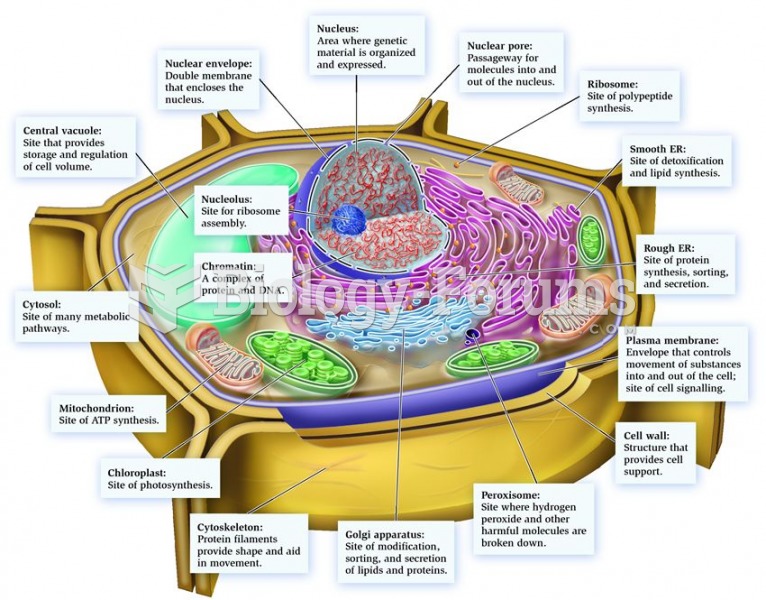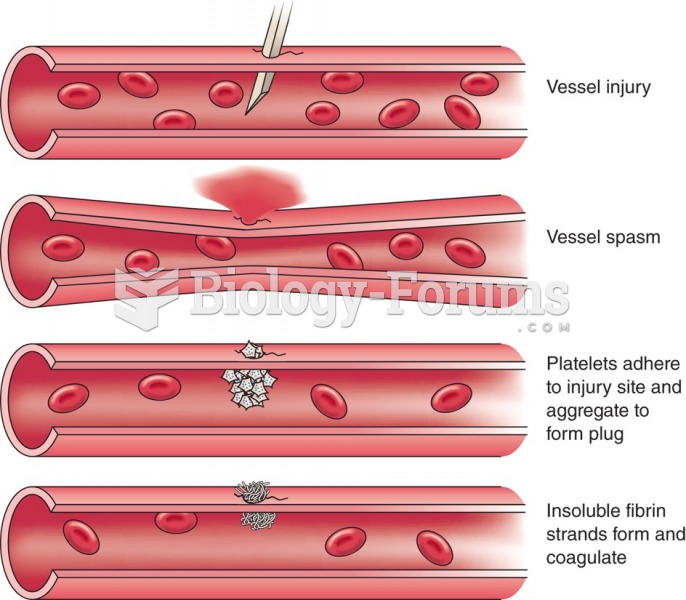Answer to Question 1
Personal selling process consists of seven steps: prospecting, preapproach, approach, making the presentation, overcoming objections, closing the sale, and following up.
Prospecting:
Developing a database of potential customers is called prospecting. Salespeople seek names of prospects from company sales records, trade shows, commercial databases, newspaper announcements (of marriages, births, deaths, and so on), public records, telephone directories, trade association directories, and many other sources.
Preapproach:
Preapproach involves identifying key decision makers, reviewing account histories and problems, contacting other clients for information, assessing credit histories and problems, preparing sales presentations, identifying product needs, and obtaining relevant literature.
Approach:
The approach-the manner in which a salesperson contacts a potential customer-is a critical step in the sales process.
Making the Presentation:
During the sales presentation, the salesperson must attract and hold the prospect's attention, stimulate interest, and spark a desire for the product. Salespeople who carefully monitor the selling situation and adapt their presentations to meet the needs of prospects are associated with effective sales performance. Salespeople should match their influencing tactics, such as information exchange, recommendations, threats, promises, ingratiation, and inspirational appeals, to their prospects.
Overcoming Objections:
An effective salesperson usually seeks out a prospect's objections in order to address them. If they are not apparent, the salesperson cannot deal with them, and the prospect may not buy. One of the best ways to overcome objections is to anticipate and counter them before the prospect raises them. However, this approach can be risky, because the salesperson may mention objections that the prospect would not have raised. If possible, the salesperson should handle objections as they arise.
Closing:
Closing is the stage in the personal selling process when the salesperson asks the prospect to buy the product. During the presentation, the salesperson may use a trial close by asking questions that assume the prospect will buy.
Following up:
After a successful closing, the salesperson must follow up the sale. In the follow-up stage, the salesperson determines whether the order was delivered on time and installed properly, if installation was required. He or she should contact the customer to learn if any problems or questions regarding the product have arisen.
Answer to Question 2
True







